
Keywords: Anopheles gambiae
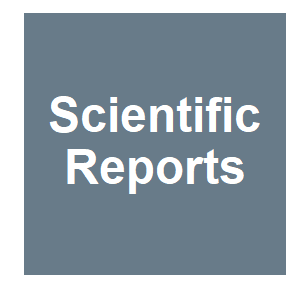
|
CRISPR-mediated germline mutagenesis for genetic sterilization of Anopheles gambiae malesSmidler, A.L., Marrogi, E., Kauffman, J. et al., Scientific Reports, 14. 2024.
Rapid spread of insecticide resistance among anopheline mosquitoes threatens malaria elimination efforts, necessitating development of alternative vector control technologies. Sterile insect technique (SIT) has been successfully implemented in multiple insect pests to suppress ... Keywords: aides-aegypti, Anopheles gambiae, behavior, complex, dynamics, history 2000-present, malaria parasite, mosquitos, resistance, Science & Technology - Other Topics, systems, vectors |
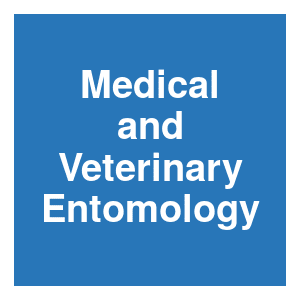
|
Lack of robust evidence for a Wolbachia infection in Anopheles gambiae from Burkina FasoS. P. Sawadogo, D. A. Kabore, E. B. Tibiri, A. Hughes, O. Gnankine, S. Quek, A. Diabaté, H. Ranson, G. L. Hughes and R. K. Dabiré, Medical and Veterinary Entomology, 2022.
The endosymbiont Wolbachia can have major effects on the reproductive fitness, and vectorial capacity of host insects and may provide new avenues to control mosquito-borne pathogens. Anopheles gambiae s.l is the major vector of malaria in Africa but the use of Wolbachia in this ... Keywords: aides-aegypti, Anopheles gambiae, behavior, complex, dynamics, history 2000-present, malaria parasite, mosquitos, resistance, Science & Technology - Other Topics, systems, vectors |

|
Using gene drives to control malariaA. Fell, Daily News, 2021.
A group of UC scientists led by Greg Lanzaro, professor of pathology, microbiology and immunology in the UC Davis School of Veterinary Medicine, recently completed an analysis of a strategy aimed at eliminating malaria from Africa using genetically engineered mosquitoes. ... Keywords: aides-aegypti, Anopheles gambiae, behavior, complex, dynamics, history 2000-present, malaria parasite, mosquitos, resistance, Science & Technology - Other Topics, systems, vectors |

|
Population modification strategies for malaria vector control are uniquely resilient to observed levels of gene drive resistance allelesG. C. Lanzaro, H. M. Sánchez C, T. C. Collier, J. M. Marshall and A. A. James, BioEssays, 2021.
Cas9/guide RNA (gRNA)-based gene drive systems are expected to play a transformative role in malaria elimination efforts., whether through population modification, in which the drive system contains parasite-refractory genes, or population suppression, in which the drive system ... Keywords: aides-aegypti, Anopheles gambiae, behavior, complex, dynamics, history 2000-present, malaria parasite, mosquitos, resistance, Science & Technology - Other Topics, systems, vectors |

|
Mosquito-Borne Diseases Emergence/Resurgence and How to Effectively Control It BiologicallyH. Dahmana and O. Mediannikov, Pathogens, 9:26. 2020.
Deadly pathogens and parasites are transmitted by vectors and the mosquito is considered the most threatening vector in public health, transmitting these pathogens to humans and animals. We are currently witnessing the emergence/resurgence in new regions/populations of the most ... Keywords: aides-aegypti, Anopheles gambiae, behavior, complex, dynamics, history 2000-present, malaria parasite, mosquitos, resistance, Science & Technology - Other Topics, systems, vectors |
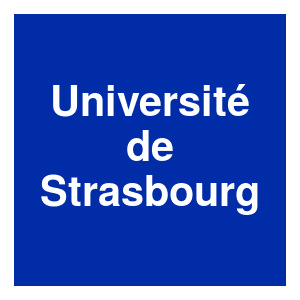
|
Development of genetic control strategies for insect pests using CRISPR/Cas9 Développement de méthodes de lutte génétique contre de l’insecte nuisible basé sur le system CRISPR/Cas9E. Green, Université de Strasbourg, 2019.
nsect pest control remains an important economic, environmental, and public health challenge. CRISPR/Cas9 gene drive (GD) is a novel genetic control strategy. GDs are genetic systems that can rapidly invade a population. This manuscript presents my efforts to develop gene drives ... Keywords: aides-aegypti, Anopheles gambiae, behavior, complex, dynamics, history 2000-present, malaria parasite, mosquitos, resistance, Science & Technology - Other Topics, systems, vectors |
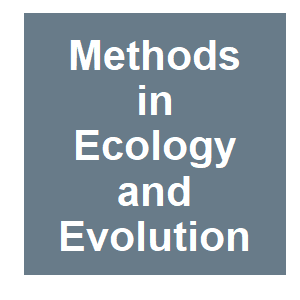
|
MGDrivE: A modular simulation framework for the spread of gene drives through spatially-explicit mosquito populationsSánchez C, HMW, Sean L.; Bennett, Jared B.; Marshall, John M., Methods in Ecology and Evolution, 10:1-24. 2019.
Malaria, dengue, Zika, and other mosquito-borne diseases continue to pose a major global health burden through much of the world, despite the widespread distribution of insecticide-based tools and antimalarial drugs. The advent of CRISPR/Cas9-based gene editing and its ... Keywords: aides-aegypti, Anopheles gambiae, behavior, complex, dynamics, history 2000-present, malaria parasite, mosquitos, resistance, Science & Technology - Other Topics, systems, vectors |

|
Modelling the spatial spread of a homing endonuclease gene in a mosquito populationNorth, AB, A.; Godfray, H. C. J., Journal of Applied Ecology, 50:1216-1225. 2013.
Homing endonuclease genes (HEGs) exist naturally in many single-celled organisms and can show extremely strong genetic drive allowing them to spread through populations into which they are introduced. They are being investigated as tools to manipulate the populations of important ... Keywords: aides-aegypti, Anopheles gambiae, behavior, complex, dynamics, history 2000-present, malaria parasite, mosquitos, resistance, Science & Technology - Other Topics, systems, vectors |
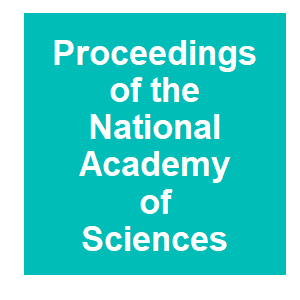
|
Requirements for effective malaria control with homing endonuclease genesDeredec, AG, H. C. J.; Burt, A., Proceedings of the National Academy of Sciences of the United States of America, 108:e874-e880. 2011.
Malaria continues to impose a substantial burden on human health. We have previously proposed that biological approaches to control the mosquito vector of disease could be developed using homing endonuclease genes (HEGs), a class of selfish or parasitic gene that exists naturally ... Keywords: aides-aegypti, Anopheles gambiae, behavior, complex, dynamics, history 2000-present, malaria parasite, mosquitos, resistance, Science & Technology - Other Topics, systems, vectors |

|
A synthetic maternal-effect selfish genetic element drives population replacement in DrosophilaChen, CHH, H. X.; Ward, C. M.; Su, J. T.; Schaeffer, L. V.; Guo, M.; Hay, B. A., Science, 316:597-600. 2007.
One proposed strategy for controlling the transmission of insect-borne pathogens uses a drive mechanism to ensure the rapid spread of transgenes conferring disease refractoriness throughout wild populations. Here, we report the creation of maternal-effect selfish genetic elements ... Keywords: aides-aegypti, Anopheles gambiae, behavior, complex, dynamics, history 2000-present, malaria parasite, mosquitos, resistance, Science & Technology - Other Topics, systems, vectors |
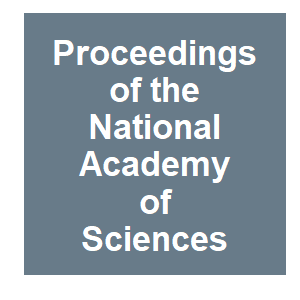
|
Stable transformation of the yellow fever mosquito, Aedes aegypti, with the Hermes element from the houseflyN. Jasinskiene, C. J. Coates, M. Q. Benedict, A. J. Cornel, C. S. Rafferty, A. A. James and F. H. Collins, Proceedings of the National Academy of Sciences of the United States of America, 95:3743-3747. 1998.
The mosquito Aedes aegypti is the world's most important vector of yellow fever and dengue viruses, Work is currently in progress to control the transmission of these viruses by genetically altering the capacity of wild Ae, aegypti populations to support virus replication. The ... Keywords: aides-aegypti, Anopheles gambiae, behavior, complex, dynamics, history 2000-present, malaria parasite, mosquitos, resistance, Science & Technology - Other Topics, systems, vectors |

Contact
David O’Brochta
Foundation for the
National Institutes of Health
geneconvenevi@fnih.org
RSS

